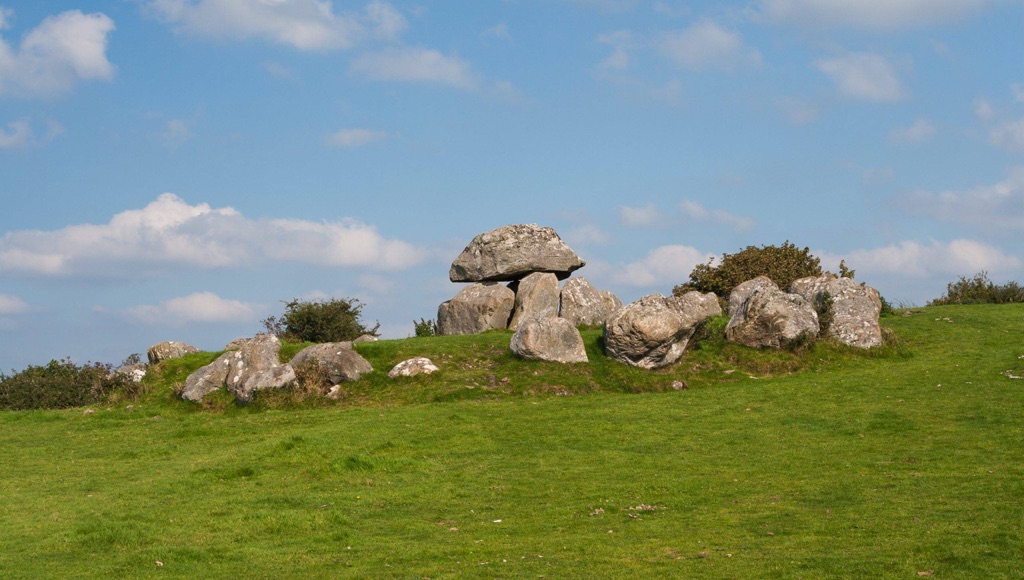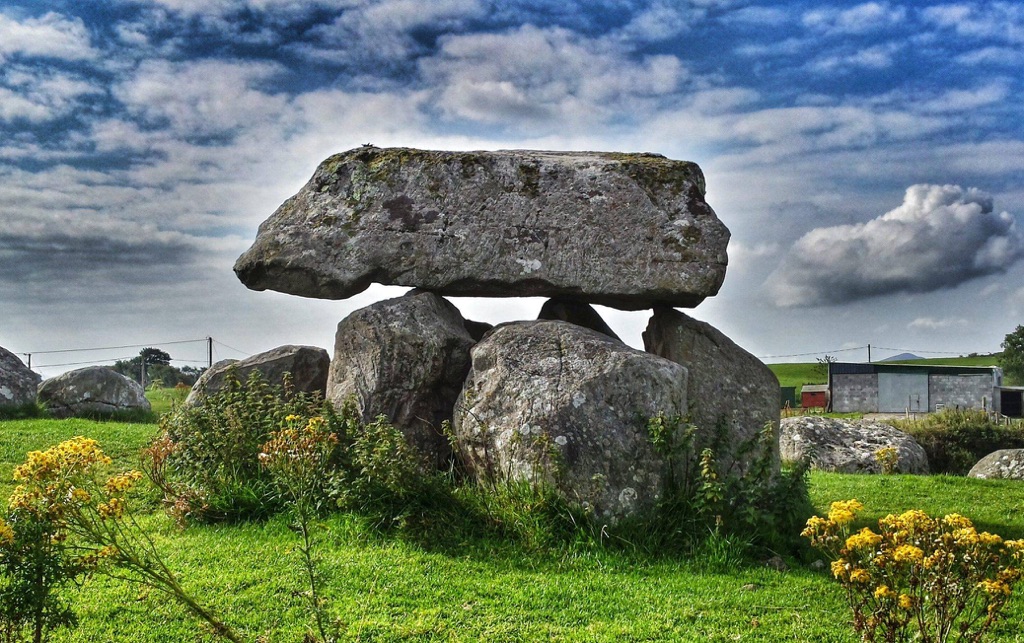Located in the heart of County Sligo, Ireland, Carrowmore is one of the oldest and largest complexes of megalithic tombs in Europe. This fascinating historical site, with its 30 visible tombs, offers a unique glimpse into the ancient past, beckoning history enthusiasts and curious minds alike to delve into its rich and intriguing history.
Get your dose of History via Email
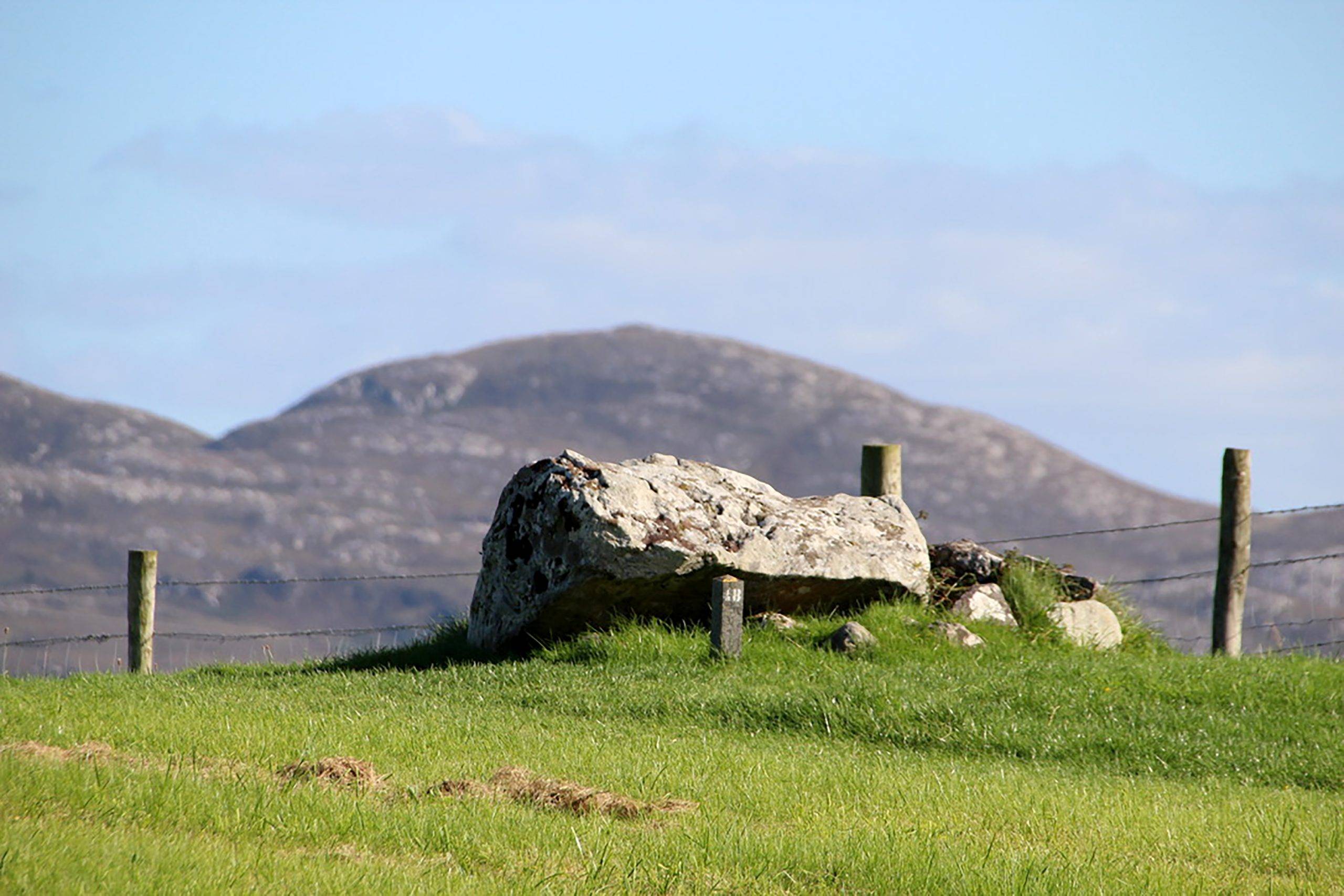
Historical Background
Carrowmore, dating back to approximately 3700-2900 BC, is a testament to the Neolithic period, also known as the New Stone Age. The site is part of a larger complex that includes the megalithic tombs of Carrowkeel and the imposing monument of Knocknarea. The people who constructed these tombs were part of a sophisticated and organized society with a deep understanding of astronomy and architecture.
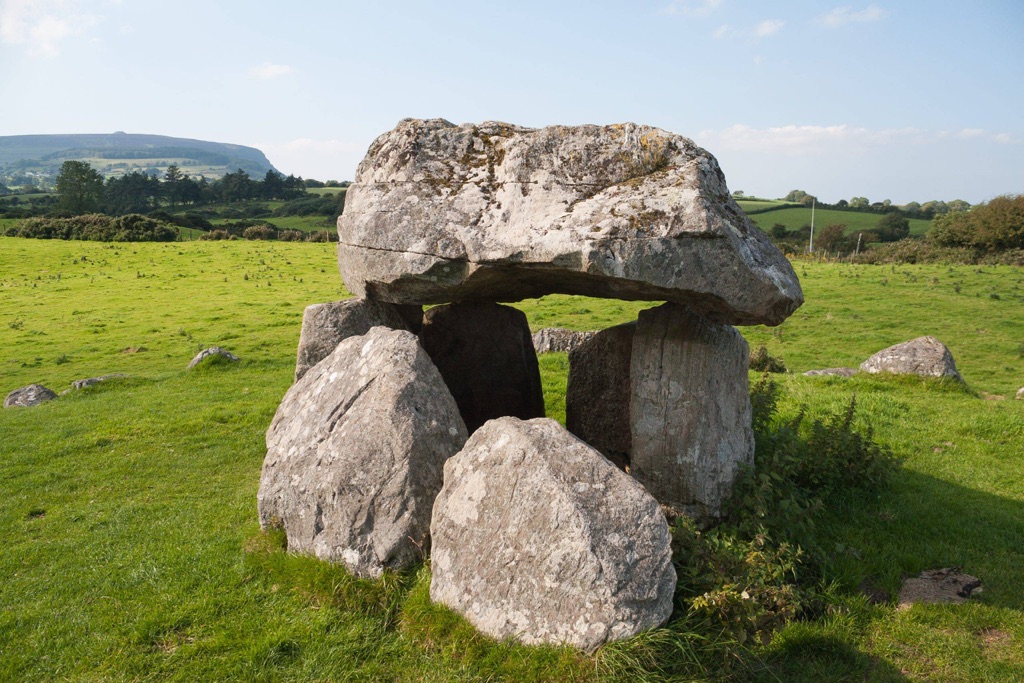
Architectural Highlights
The tombs at Carrowmore are primarily passage tombs, characterized by a narrow passage leading to a larger burial chamber. The tombs are typically surrounded by a circle of standing stones, with the largest and most impressive being Listoghil, which was only uncovered in recent years. The construction of these tombs required significant effort and organization, with the stones used in their construction likely transported from the nearby Ox Mountains. The size of the tombs varies, with the largest, Listoghil, measuring approximately 34 meters in diameter.
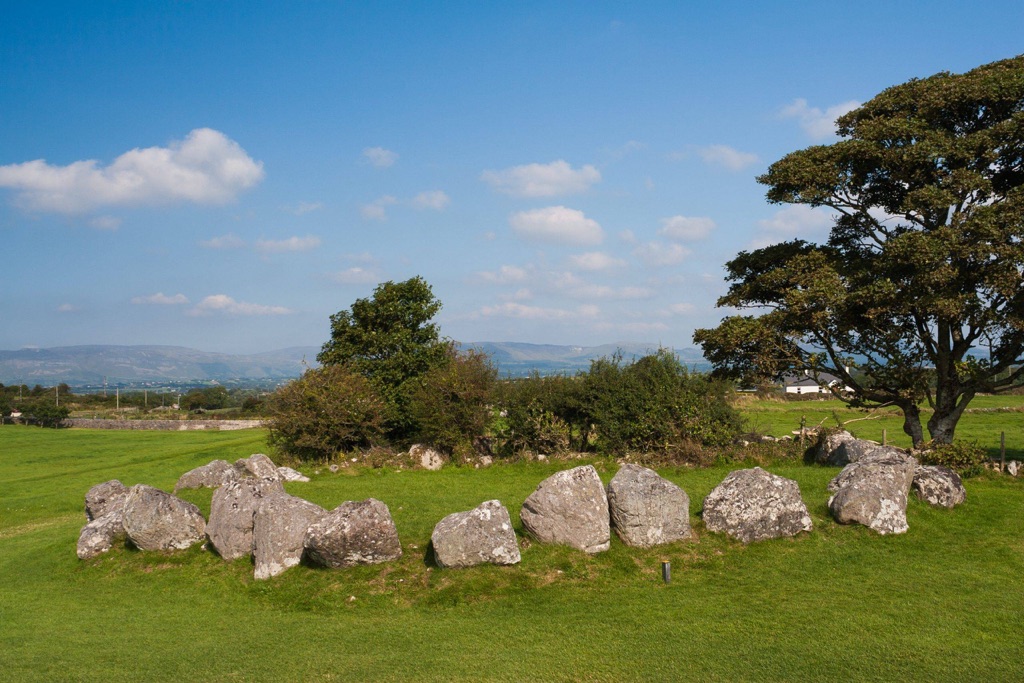
Theories and Interpretations
The purpose of the tombs at Carrowmore is believed to be for ritualistic and burial purposes. The alignment of the tombs suggests a deep understanding of astronomy, with many of the tombs aligned with the rising sun at different times of the year. This suggests that the tombs may have also served as a calendar system for the Neolithic people. The dating of the site has been achieved through radiocarbon dating of human remains and artifacts found within the tombs. The discovery of arrowheads, pottery, and cremated remains within the tombs provides further insight into the rituals and beliefs of the Neolithic people.
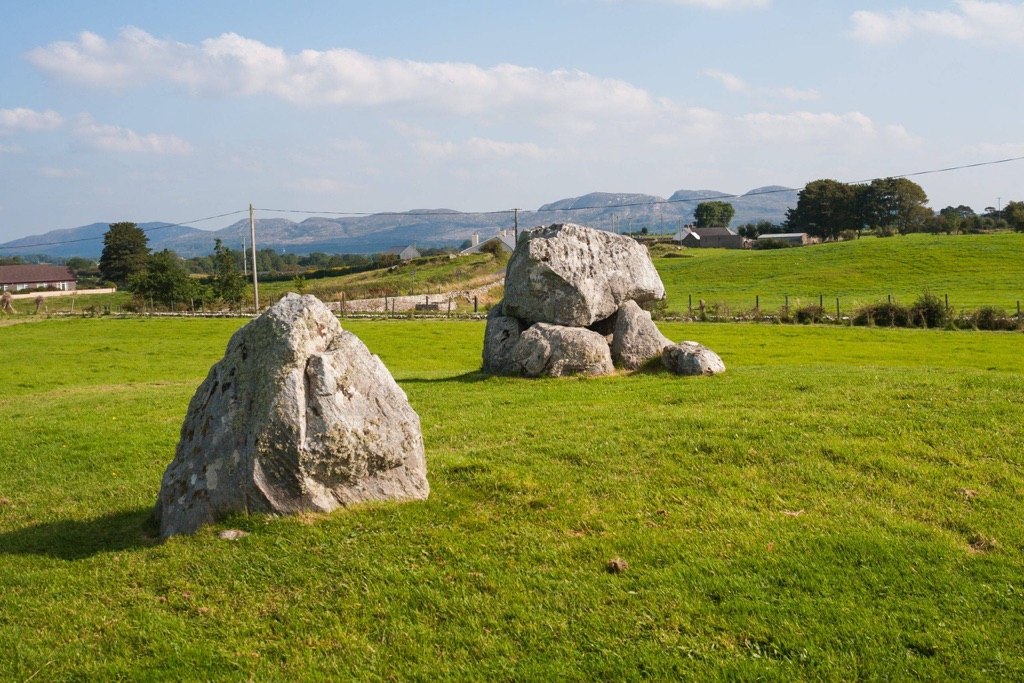
Good to know/Additional Information
Interestingly, Carrowmore is not just a historical site but also a place of myth and legend. It is said to be the burial place of the ancient Queen of Connacht, Queen Medb, who is believed to be interred in the large cairn atop Knocknarea. The site is also associated with the Battle of Moytura, a legendary battle in Irish mythology. Visiting Carrowmore is a journey not just through history, but also through the rich tapestry of Irish mythology and folklore.
